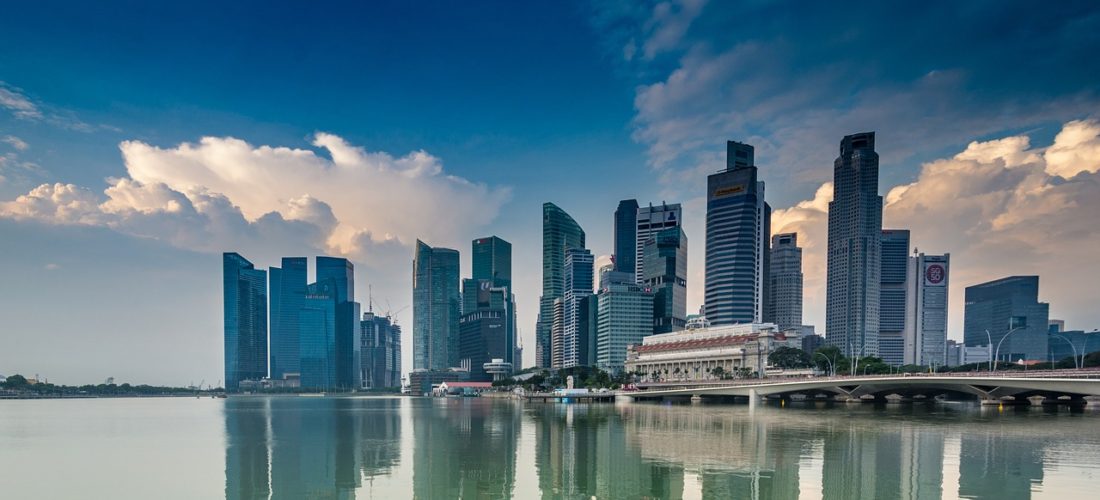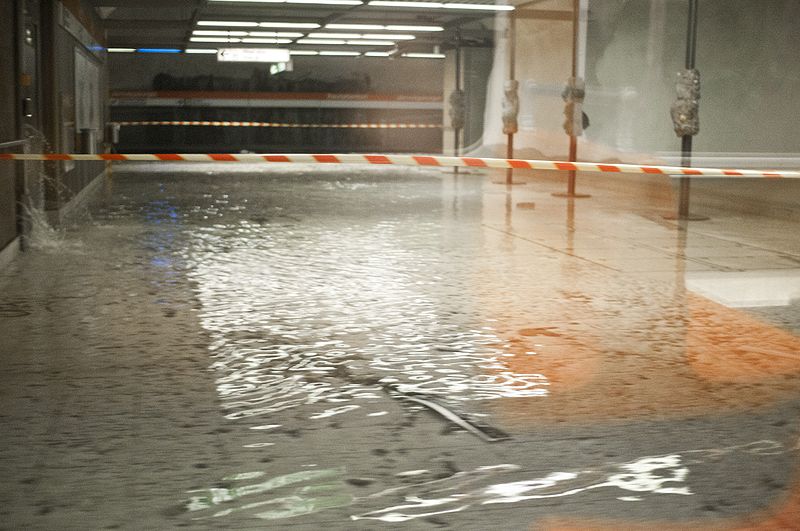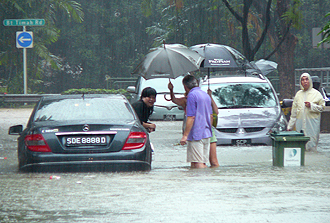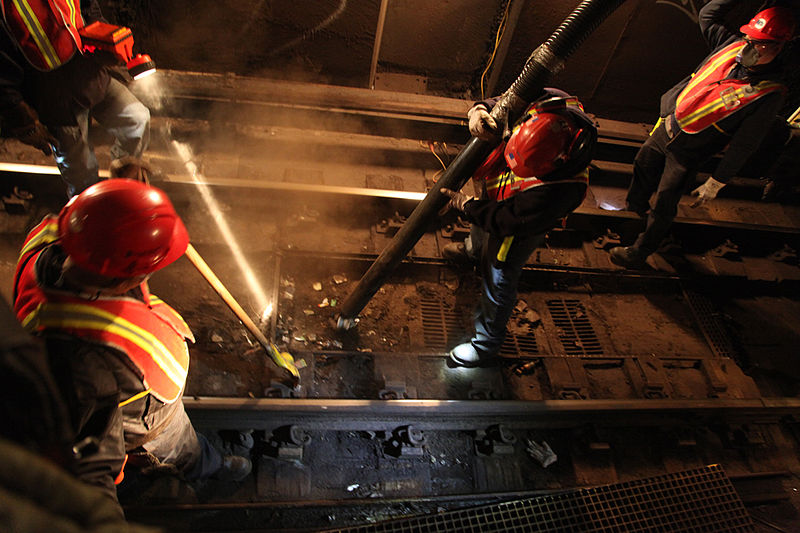
Flood Management in Singapore
- On February 21, 2020
Flooding is not one of the major natural threats to Singapore as a country. Aside from the fact that the government is always ready for typhoons, with all their measure in place to prevent and defeat this phenomenon, Singapore has no devastating story of typhoons and flooding.
Nevertheless, since the ecology is changing and the environment gets more and more unpredictable, this is not the time to be complacent. In this article, we’re going to talk about what the government has done to make Singapore flood-free and what you, in a Singaporean household or business, can do to protect your own property or unit from flooding.
Indoor flooding

One type of flooding that can trouble any household and property in Singapore is what we call indoor flooding. This is not really natural or environmental in nature, but actually plumbing-related.
Some of the reasons for this kind of flooding are washing machine malfunction, water heater leaks, toilet bowl choke and broken and leaking pipes. The best thing to do to protect your own property from flooding is to have regular plumbing inspection. You can do this on your own by checking the water pipes in your bathroom and kitchen, your water heater, toilet bowl, pipes under the sink and those hidden in the basement, and all the other plumbing components at home.
Otherwise, and to be extra safe, you can hire professional Singapore plumbers who do plumbing inspections thoroughly. They have the tools and the tested mechanisms to see if there’s a threat of indoor flooding in your home.
 On natural flooding: SG systems in place
On natural flooding: SG systems in place
What you can be sure of is that the government is dead serious in its flood preparation program. The PUB is the main agency that takes care of this and they’re pretty much amazing in what they do.
Starting from the info drive that they have in place, the list of flood-prone areas and hotspots, plus the technological tools that they’ve set up, rest assured that the government is doing its job. We’ll talk about these tools and info campaigns later on in the post.
Private sector coordination
Since there are lots of privately owned properties in the country, PUB actively coordinates with them to ensure that the owners have flood protection measures in place.
Yes, these owners have rights to decide about their properties but they also have to follow the safety measures being placed by the government even on their properties. After all, it’s for the safety of their properties too.
What PUB does

Drainage system improvement
In our previous article posted last month, we talked about how drainage system works in Singapore. We explained the drainage network in the whole island and how the government keeps the water flow unhampered – how they avoid large-scale drain choke and how they maintain the network of drainage.
As the main water agency in the country, PUB also works with other instrumentalities of the government to improve the drainage system. They undertake not only waterworks but also road projects to raise the levels of some areas to reduce the risk of flooding or flood recurring.
Water Level Sensors

Image from Straits Times
At the present time, PUB has 210 water level sensors around Singapore. These sensors are meant for monitoring of the drainage system. This is to ensure that the water level does not rise too much to a flood-threatening level. This is particularly helpful in addressing possible blockage in the drainage system.
These sensors tell PUB if the water levels in the drains and canals are fine or not. The good news is that this advanced system works real-time especially when there are heavy storms.
To inform the public island-wide, there’s also an SMS alert system that residents can subscribe to so they will be informed via text messages on the rising water level and flash flood updates.
CCTVs
Lastly, there are CCTVs installed in areas like Orchard Road, Bukit Timah, Central Business District, Upper Thomson, Ang Mo Kio, Commonwealth, Little India, and more. These cameras are meant to provide up-to-date pictures of the conditions in these areas. Although not real-time, the photos are updated every five minutes.



0 comments on Flood Management in Singapore